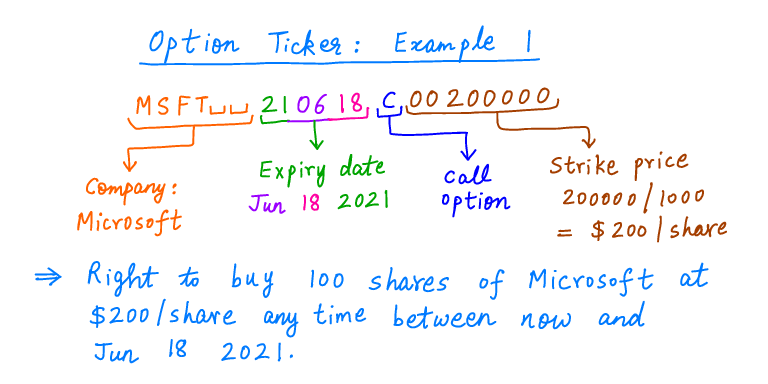Options 102: Basics to trade
In case you want a refresher on options, head on here.
Okay, let’s up the ante now.
Starters
Options are contracts that give you the right to buy or sell a security at an agreed-upon price (strike-price) before the date (expiry date) spelled-out in the contract. They are classified as ‘puts’ or ‘calls’. For simplicity, I’ll take the example of only call options in this thread
Main course
1. Options always mean “100-share” multiples. For e.g., one call contract would give you the right to buy 100 shares, 7 call contracts would give you the right for 700 and so on. Consider, a 2K RIL 1-year call contract that would give you the right to buy 100 shares at ₹2000 within a year
2. Tadkas: Let’s say that the RIL stock trades at 2500 after 6 months from now. Since you can then effectively exercise your option and buy them at 2k and subsequently sell them at 2.5k, you are ‘in the money’ or at profit. If the price 6 months from now is 2k, then your option would be called as ‘at the money’; for prices less than 2k, your option would be classified as ‘out of the money’
3. Flavours: Options are classified as either American or European (CA and CE for call respectively). CAs give you the right to buy the stocks at any time between the purchase date and the expiry date but CEs can only be exercised at the expiry date. India only has European-type options currently
4. Presentation: Like stocks, options also have ticker symbols, mostly 21-character long. Below is a dandy image from 10K diver to explain the same. MSFT is the ticker for Microsoft with $200 as their strike price
5. GST: Like all stocks, options are also sold at a price in the market. This price is what is called as a premium. A premium is always at a stock level. So, for our RIL example, if a call is purchased at ₹30,000 then the premium would be ₹300. Now this premium is typically between 12 – 15% for long term buys but varies according to the situation. If the stock is doing good then the premium increases, if the expiry date is nearby then the premium increases. The logic behind this is what lies at the core of finance: less time, more returns, more risk and vice versa
Finisher
If you have the F&O option enabled in your trading apps then you can dabble with some options yourself. But be cautious.
There’s more on trading strategies for options in Options 103. Stay tuned and goodbye!
Thanks!
For exclusive updates, you can also join us via WhatsApp.
Links
https://www.whatgaurav.com/p/options-101
https://www.whatgaurav.com/p/financial-instruments



